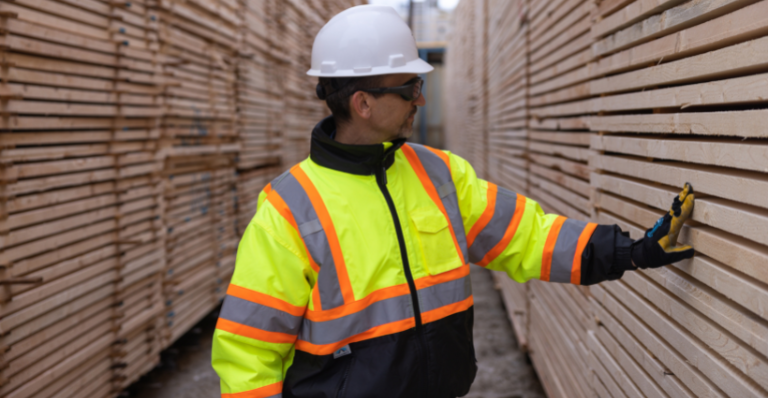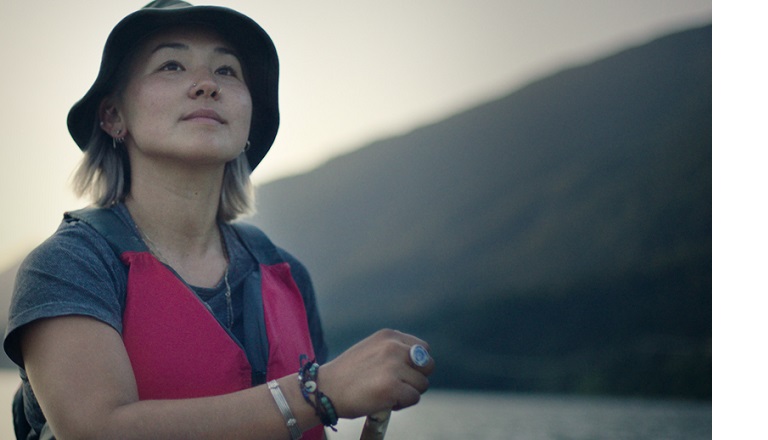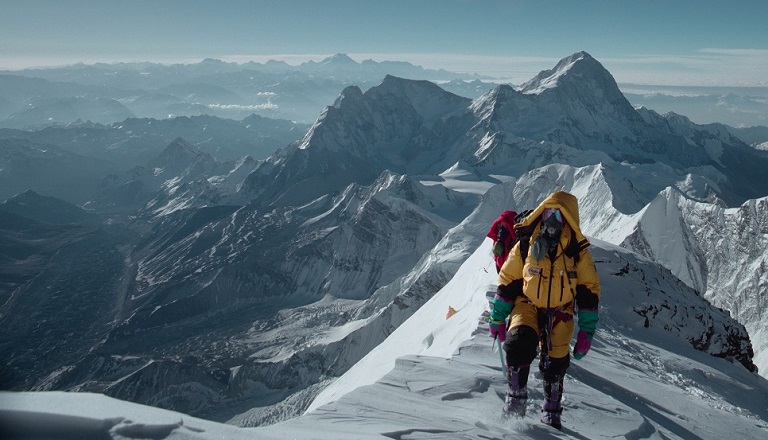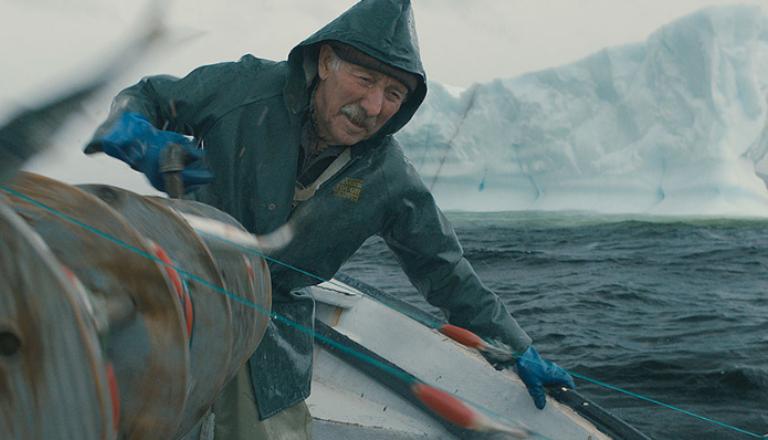Featured success stories
More success stories
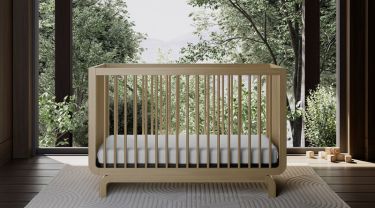
Expanding to Mexico: Storkcraft designs a global strategy
Success Story Storkcraft expands to Mexico and beyond with EDC’s support and business advisory services.
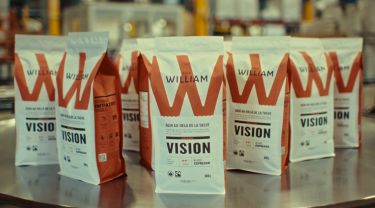
Bold brew: Canadian coffee exporter scales sustainably
Success Story How environmental values, EDC financing and agility fuelled Café William`s growth.
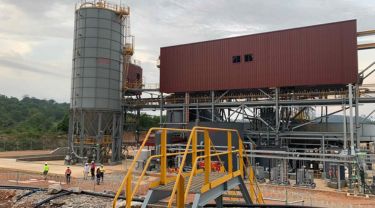
Exporting Canadian sustainable mining technology worldwide
Success Story Discover how cleantech helps mining companies improve sustainability, with EDC’s financial support.

naturSource feeds on Indo-Pacific growth opportunities
Success Story Discover how naturSource successfully expanded to the Indo-Pacific region and elsewhere.

GoBolt: Scaling sustainable logistics across borders
Success Story Learn how they grew 823% in four years by embracing tech, sustainability and growing globally.
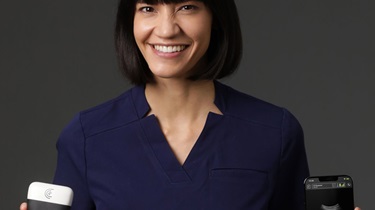
Clarius sees big potential in the Indo-Pacific
Success Story See how Clarius has overcome many obstacles by working with Canada’s trade team.

Connecting Compass Food Sales to the world of global trade
Success Story Learn how EDC helped kickstart this company’s export business

Coulson Aviation: Fighting wildfires from the air; managing risks on the ground
Success Story BC firefighting company explores new Indo-Pacific markets with help from EDC
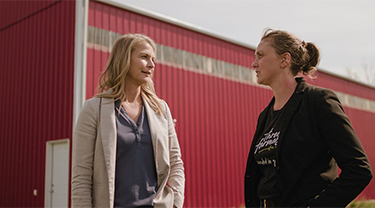
Three Farmers Foods sees big potential in the Indo-Pacific
Success Story Plant-based snackables company Three Farmers Foods sets their sights on new Asian markets.


